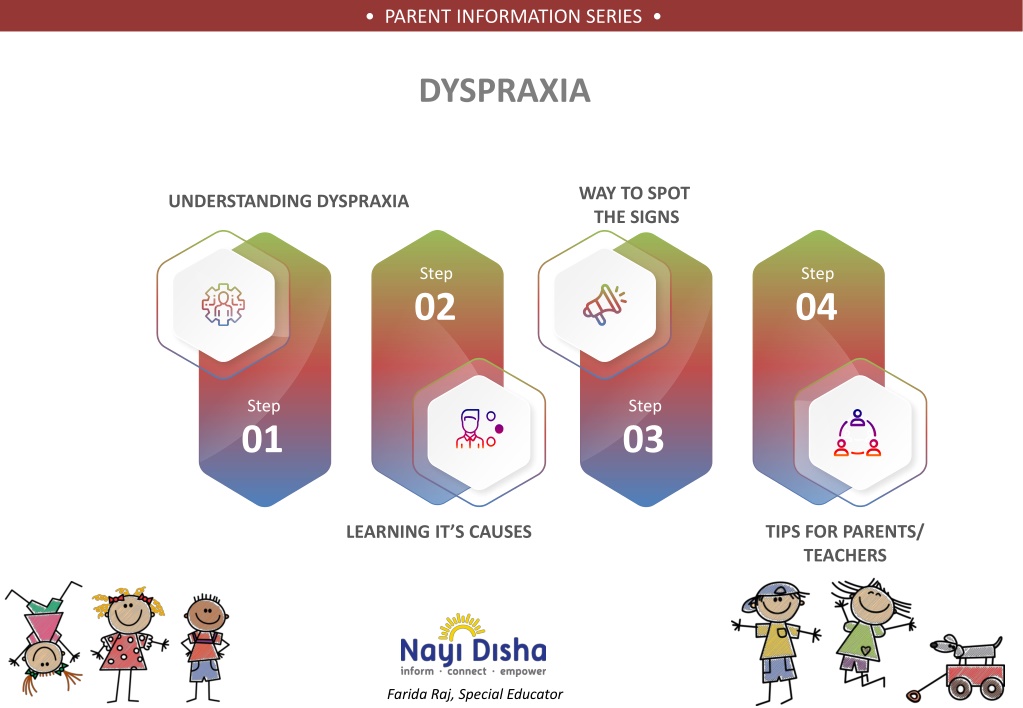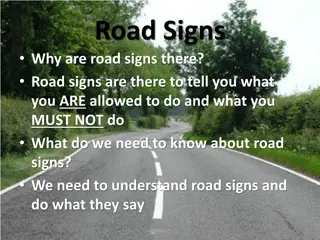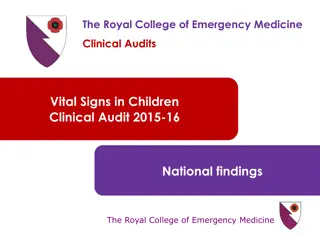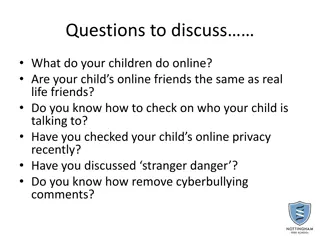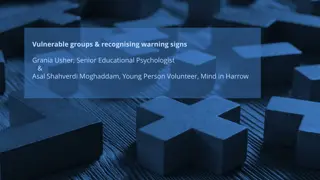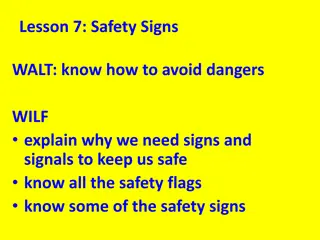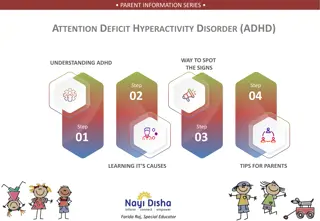Recognizing Dyspraxia Signs and Tips for Parents
Dyspraxia, a condition affecting movement coordination, can impact a child's academic performance and behavior. Learn to identify signs like difficulty with handwriting and discover helpful strategies for parents and teachers to support children with Dyspraxia.
Download Presentation

Please find below an Image/Link to download the presentation.
The content on the website is provided AS IS for your information and personal use only. It may not be sold, licensed, or shared on other websites without obtaining consent from the author.If you encounter any issues during the download, it is possible that the publisher has removed the file from their server.
You are allowed to download the files provided on this website for personal or commercial use, subject to the condition that they are used lawfully. All files are the property of their respective owners.
The content on the website is provided AS IS for your information and personal use only. It may not be sold, licensed, or shared on other websites without obtaining consent from the author.
E N D
Presentation Transcript
PARENT INFORMATION SERIES DYSPRAXIA WAY TO SPOT THE SIGNS UNDERSTANDING DYSPRAXIA Step Step 02 04 Step Step 01 03 TIPS FOR PARENTS/ TEACHERS LEARNING IT S CAUSES Farida Raj, Special Educator
UNDERSTANDING DYSPRAXIA LEARNING ITS CAUSES WAY TO SPOT THE SIGNS TIPS FOR PARENTS/TEACHERS UNDERSTANDING DYSPRAXIA Varun has an above average IQ, but is unable to perform well, academically. He has an extreme aversion to writing, thus impacting his performance in the classroom. He lacks a sense of time, and now at secondary school some of his challenges are becoming harder and he ends up looking foolish in front of his classmates. He feels excluded from his peers in class, in addition to his exclusion from cricket & football as well. These incidents added up and he is now aggressive. He engages in destructive behaviour, abusive language, mood swings & unwillingness to do homework. The mother is desperate and anxious about Varun s surmounting problems at school. Varun is 13 years old. A special educator performed a comprehensive educational/psychological assesment of Varun. Varun has been diagnosed with Dyspraxia. Farida Raj, Special Educator
UNDERSTANDING DYSPRAXIA LEARNING ITS CAUSES WAY TO SPOT THE SIGNS TIPS FOR PARENTS/TEACHERS UNDERSTANDING DYSPRAXIA Here is a sample of a 10 year old boy with Dyspraxia Farida Raj, Special Educator
UNDERSTANDING DYSPRAXIA LEARNING ITS CAUSES WAY TO SPOT THE SIGNS TIPS FOR PARENTS/TEACHERS UNDERSTANDING DYSPRAXIA Praxis is the brain s ability to conceive, organize & carry out a sequence of unfamiliar action (non-learned movements such as for e.g. imitation). Dyspraxia is an impairment of the organization of movement in an adaptive manner. Children with Dyspraxia have impaired performance of not only skilled movement but also learning, language, visual perception and behaviour regulations. They may have trouble manipulating buttons, scissors, zips or writing tools. Put simply, they know what they want to do, but find it hard to complete their actions. In early childhood, children with Dyspraxia have trouble learning through imitation. They can generate their own plan but can t follow someone else s. Farida Raj, Special Educator
UNDERSTANDING DYSPRAXIA LEARNING ITS CAUSES WAY TO SPOT THE SIGNS TIPS FOR PARENTS/TEACHERS UNDERSTANDING DYSPRAXIA TROUBLE WITH HANDWRITING A child with Dyspraxia has trouble with his/her handwriting because of difficulty in coordinating movement of smaller hand muscles. The child may find writing difficult due to Inability to grip the pencil/pen Difficulty in coordinating movement so that the right hand reaches the left side of the left hand page without error i.e. coordination of movement from one side of the body midline to the other. Note : If your child has a problem with midline coordination as discussed above, then he/she may fare well using a keyboard which requires usage of both hands, where each hand works on it s own side of the body. Farida Raj, Special Educator
UNDERSTANDING DYSPRAXIA LEARNING ITS CAUSES WAY TO SPOT THE SIGNS TIPS FOR PARENTS/TEACHERS CAUSES OF DYSPRAXIA There is no neuronal abnormality per se that is clinically identifiable & indicative of Dyspraxia. There are no known causes for Dyspraxia. Farida Raj, Special Educator
UNDERSTANDING DYSPRAXIA LEARNING ITS CAUSES WAY TO SPOT THE SIGNS TIPS FOR PARENTS/TEACHERS WAY TO SPOT THE SIGNS OF DYSPRAXIA AT PRE-SCHOOL A proper diagnosis & an appropriate early intervention program will go a long way in helping these children reach their potential Delay in reaching milestones Behind peers in learning gross motor tasks Poor social skills Poor understanding of concepts such as in , on , in front of etc. Difficulty walking up & down Poor at dressing Slow & hesitant in most actions Appears not to learn instinctively must be taught everything Frequently falls over & bumps into things Poor pencil grip Cannot do jigsaw or play shape sorting games Art work appears immature Often anxious & easily distracted Farida Raj, Special Educator
UNDERSTANDING DYSPRAXIA LEARNING ITS CAUSES WAY TO SPOT THE SIGNS TIPS FOR PARENTS/TEACHERS WAY TO SPOT THE SIGNS OF DYSPRAXIA AT PRIMARY & SECONDARY SCHOOL LEVELS A proper diagnosis & an appropriate early intervention program will go a long way in helping these children reach their potential Same problems as faced by a child at pre-school (see page 7), with little or no improvement Avoids P.T classes or games Does badly in class but significantly better in one-to-one situations Reacts to all stimuli without discrimination, with poor attention span Poor sense of direction May have trouble with math or structured stories Write laboriously & immaturely Unable to remember & follow instructions Is poorly organized Messy handwriting Poor short-term memory Farida Raj, Special Educator
UNDERSTANDING DYSPRAXIA LEARNING ITS CAUSES WAY TO SPOT THE SIGNS TIPS FOR PARENTS/TEACHERS TIPS FOR PARENTS ESTABLISH DAILY ROUTINES If a child understands what constitutes his/her daily routine & the expectations with each activity, he/she remains less anxious. This will allow them to perform better. A list of routine for the older children or a visual list for the young ones will help them to get organized. On waking up, this is what we do - Take a bath Get dressed Use the toilet Brush teeth Leave to catch the school bus Combing Pack school bag Have breakfast Farida Raj, Special Educator
UNDERSTANDING DYSPRAXIA LEARNING ITS CAUSES WAY TO SPOT THE SIGNS TIPS FOR PARENTS/TEACHERS TIPS FOR PARENTS ESTABLISH DAILY ROUTINES If a child understands what constitutes his/her daily routine & the expectations with each activity, he/she remains less anxious. This will allow them to perform better. A child with Dyspraxia has poor time management skills. This can often get them into trouble at home or outdoors. Keep a big clock in the bathroom at a prominent place in the room. The visual sweep of the minute hand will help keep track of time. Use of Velcro strips or zips in place of buttons on uniform & Velcro straps on shoes instead of shoe lace will reduce the time in getting ready for school in the morning. Make colorful stickers & put them on different sections of the school bag to make it easy for them to organize, e.g. lunch box on the top section of the bag, textbooks in the middle and so on. In craft class help them with cutting & pasting. Farida Raj, Special Educator
UNDERSTANDING DYSPRAXIA LEARNING ITS CAUSES WAY TO SPOT THE SIGNS TIPS FOR PARENTS/TEACHERS TIPS FOR TEACHERS Every effort should be made to support children with Dyspraxia by bearing in mind that they do not fit in because they do not learn in the same manner. If you a physical education teacher, Aim to help the child enjoy movement for it s own sake. Work with the child to build directional concepts & agility. Once those concepts are internalized the child can automatically respond to verbal or visual instruction. Picture source : https://landdgenerous.com/category/learning-and-development-cartoon/ Seat the child away from the doors & windows & let them have a clear view of the blackboard. Do not ask him to copy from the background. Provide him with printed matter instead. Write the days timetable on a strip of chart paper using different columns & place/stick it on his desk. Younger children can have a visual agenda. Farida Raj, Special Educator
UNDERSTANDING DYSPRAXIA LEARNING ITS CAUSES WAY TO SPOT THE SIGNS TIPS FOR PARENTS/TEACHERS TIPS TO HELP A CHILD WITH DYSPRAXIA GROSS-MOTOR SKILLS Running on toes. Walking on heels Jumping stand with feet together on a higher spot & jump down (Note: Children with Dyspraxia have difficulty standing with feet together) Hopping 5 times on each foot Skipping Balancing ask the child to balance on each foot separately for 6-10 seconds Rope turning Attach one end of the rope to the wall or fixed object. Position the child so that when the rope is held, it touches the ground. Ask the child to turn the rope with each hand, without assistance, clockwise & then anticlockwise. Farida Raj, Special Educator
UNDERSTANDING DYSPRAXIA LEARNING ITS CAUSES WAY TO SPOT THE SIGNS TIPS FOR PARENTS/TEACHERS TIPS TO HELP A CHILD WITH DYSPRAXIA EYE-HAND COORDINATION Position the child in a low kneeling position 3 meters away from the target i.e 9 pins. Ask him/her to roll a tennis ball to knock over the pins. first with the right, followed by the left. Repeat this by gradually increasing the distance from the target. Make a group of children stand in a circle, 3 meters apart from each other. Position the child in the centre. Ask him to throw the ball with a single bounce to another child. The ball should be returned in the same manner. Bounce a large ball repeatedly on the floor, first with the right hand & then with the left. Farida Raj, Special Educator
UNDERSTANDING DYSPRAXIA LEARNING ITS CAUSES WAY TO SPOT THE SIGNS TIPS FOR PARENTS/TEACHERS TIPS TO HELP A CHILD WITH DYSPRAXIA FOOT EYE COORDINATION Mark 2 parallel lines on the floor, 6 meters long & 20 cms apart. Ask the child to walk heel-to-toe forward & backward between the lines. Use the parallel lines & keep some hurdles or obstacles. Ask the child to walk between the lines & climb over the obstacles. Place 2 posts 1 meter apart, place a large ball 3 meters away from the post. Ask the child to shoot the ball through first with the right foot & then wish the left foot. Play hopscotch game with him. Farida Raj, Special Educator
UNDERSTANDING DYSPRAXIA LEARNING ITS CAUSES WAY TO SPOT THE SIGNS TIPS FOR PARENTS/TEACHERS TIPS TO HELP A CHILD WITH DYSPRAXIA FOOT EYE COORDINATION Mark 2 parallel lines on the floor, 6 meters long & 20 cms apart. Ask the child to walk heel-to-toe forward & backward between the lines. Use the parallel lines & keep some hurdles or obstacles. Ask the child to walk between the lines & climb over the obstacles. Place 2 posts 1 meter apart, place a large ball 3 meters away from the post. Ask the child to shoot the ball through first with the right foot & then wish the left foot. Play hopscotch game with him. Farida Raj, Special Educator
This content has been developed in collaboration with Remedial & Special Educator Ms.Farida Raj. It has been adapted from her book ''Breaking Through" - A Hand Book for Teachers and Parents of Children with Learning Difficulties & reproduced here with consent NAYI DISHA RESOURCE CENTRE Join Us on Facebook Nayi Disha Resource Centre is an online information resource platform that supports families of persons with, Specific Learning Disabilities, Intellectual & Developmental Disabilities. Join Us on Twitter Join Us on Linkedin Visit us at WWW.NAYI-DISHA.ORG
